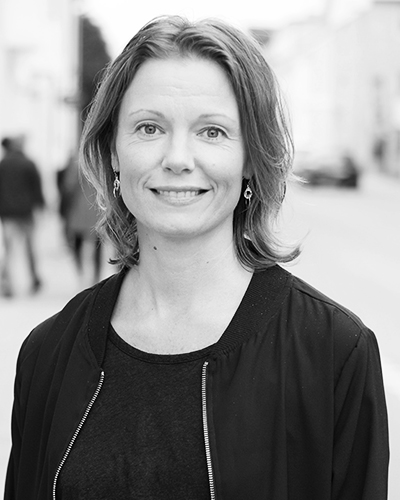
Digital government promises to make the lives of citizens better. Still, for digital governments to succeed and digital services to be effective and adopted in mass, they require a relentless focus on citizens’ needs.
Cities participating in the UserCentriCities project have introduced the role of a Chief Officer in their constituencies, a key position tasked with drawing the strategies that help cities harness the opportunity of digital transformation. In addition, the Kronoberg region, situated in the province of Småland in southern Sweden, introduced an even more oriented position: the medical digital officer. This is because 75% of the local services are delivered to the healthcare sector. The new hire supervises the digitalisation of the region’s medical services.
The administration joined the UserCentriCities project in December 2022 with the aim of improving its services and finding out what other local and regional governments are working on. We chatted with the Therese Råberg, operations manager at Kronoberg Region, about the digitalisation of public services and the necessity of placing the user at their centre.
How would you describe the user-centric approach in Kronoberg?
Therese Råberg
As in many Swedish regions, we have spoken about keeping the citizen (or the patient, or the traveller) or the user of all our services in the centre for a very long time. However, it has been an approach that puts us in the expert role anyway. So far, it has been an approach that cares about the citizen and reflects on how we should do good for them instead of taking the stand from the citizens’ point of view and developing what we need to do from that base.
From the real user-centric point, we have maybe been active for the past three years, and it's growing. It's taking more ground as a perspective but slow, as most often is in the public sector.
Why do you think having the user in the centre is crucial?
TR - It has become more and more critical for the public sector to actually start from the user because users are the reason why we are here.
Also, we have noticed that we may always have their best interest in mind, but we still need to figure out what's best for them. We need to involve them and take their standpoint to understand how the service will benefit them.
It’s absolutely crucial to know what gives our citizens good value. If we don't know that, then we don't know what we're doing.
What were you expecting to get from joining the UserCentriCities project, or what applications do you think that joining would have?
TR - The reality lab where I work within the region is an innovation lab part of the Kronoberg Region, our administration. Kronoberg Region is responsible for healthcare, public transportation, culture and regional development.
Between 2020 and 2022 the lab of Kronoberg Region led a project called Digilyft which aimed to increase the speed of digitisation, first and foremost within the organisation (leadership, management, etc.). The project consisted of multiple training programs for managers and executives, part of it was in user-driven methods such as service design. However, we were working very strictly to put the user-centric perspective in that project and use that as a foundation to work with our organisation's digitisation strategy.
We were looking for other places in Europe that had done that successfully. I was researching and reading and looking around to find where the best benchmarks are. That's how I found out about the UserCentriCities network. I contacted them to understand where they have been the most successful in Europe.
We had heard about some examples in the Netherlands and Finland before, but where could we find the best places? We joined the network to get benchmarked and to gain knowledge about good examples. We expected to scan where we can learn, where we can go to learn and where we can learn from our own distance.
Is there any example among the participant cities that particularly inspired you?
TR - We were interested in visiting places in Italy since the country has a traditionally robust network of voluntarism. We were very interested in how they have used this to interact with the public sector.
Another example that truly inspired me and got me to think about how to use the value of working from a user-centric perspective was Kyiv, which explained how they used the user-centric approach for the citizens to know what to do when in war.
It showed me that a user-centric approach is not just only for the long-term development of our public services but also for the more acute crisis that we're in.